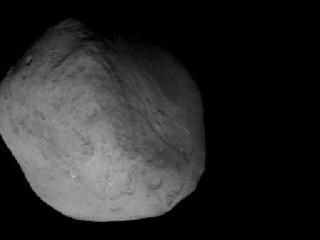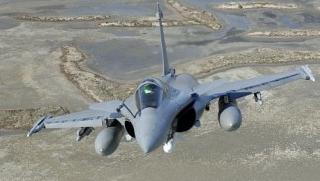
NASA's Stardust-NExT mission took this image of comet Tempel 1 at 8:39 p.m. PST (11:39 p.m. EST) on Feb 14, 2011. The comet was first visited by NASA's Deep Impact mission in 2005. Photo by NASA/JPL-Caltech/Cornell
WASHINGTON (AFP): A NASA spacecraft's flyby with a comet showed erosion on the Tempel 1's surface since it skimmed by the Sun in 2005, and revealed the first clear pictures of the crater made by a Deep Impact probe.
But the Valentine's night encounter was not easy for the US space agency's Stardust-NExT mission spacecraft, which had to fight an onslaught of debris from the comet in order to snap dozens of revealing pictures.
"Comets, unlike any other body in the solar system, are unique when they are in the inner part of the solar system where the Earth is," said Don Brownlee, Stardust-NExT co-investigator.
"They are literally coming apart and sending tons and tons of gas and rocks and dust out in space," he said.
"They don't just spew off things in a uniform way. They send off clods of dirt and ice and rock that come apart," Brownlee said, playing audio of the impact sustained by the spacecraft. The sound was like rapid firecracker bursts.
"A good analogy is thinking of a B-17 in World War II flying through flak -- sometimes a large number of impacts in less than a tenth of a second -- so it is a very dramatic environment."
The pictures that Stardust snapped showed some erosion over the past five years and for the first time allowed scientists to see the crater made by a NASA probe, an impact which was obscured by a huge dust cloud the first time around.
"We never saw the crater as we went by, it was there somewhere that created a lot of mystery, it also helped to create this mission," said co-investigator Pete Schultz of Brown University.
Tempel 1 was last glimpsed in 2005 by NASA's Deep Impact mission as the comet was shooting toward the Sun on its five-year orbit between Mars and Jupiter.
 Next Article
Next Article












The Indian Air Force, in its flight trials evaluation report submitted before the Defence Ministry l..
view articleAn insight into the Medium Multi-Role Combat Aircraft competition...
view articleSky enthusiasts can now spot the International Space Station (ISS) commanded by Indian-American astr..
view article